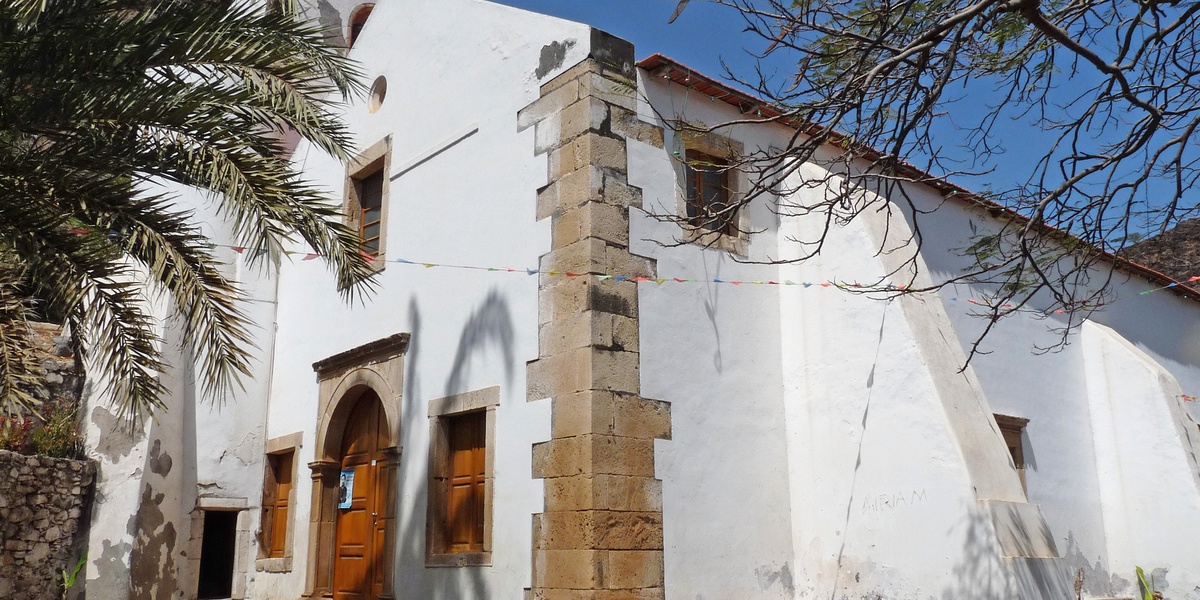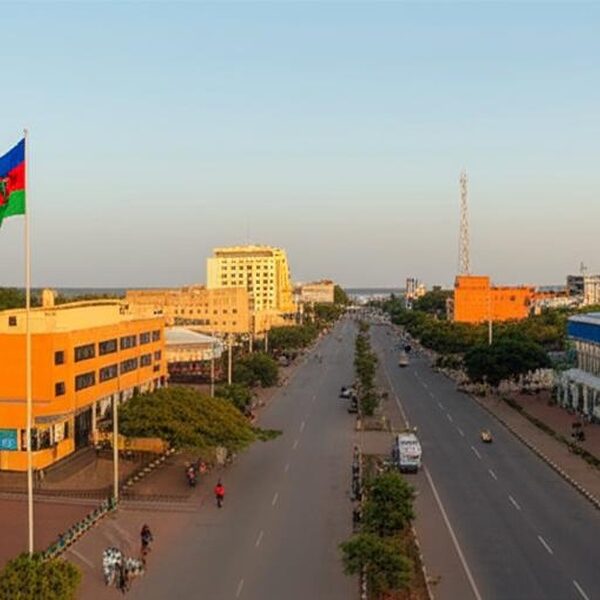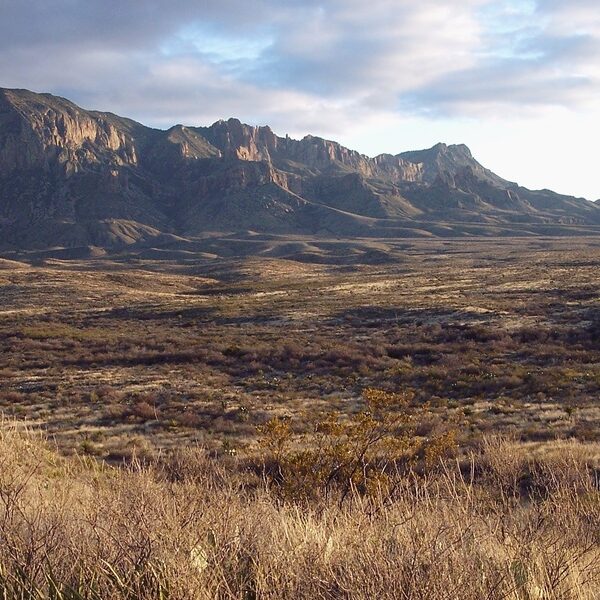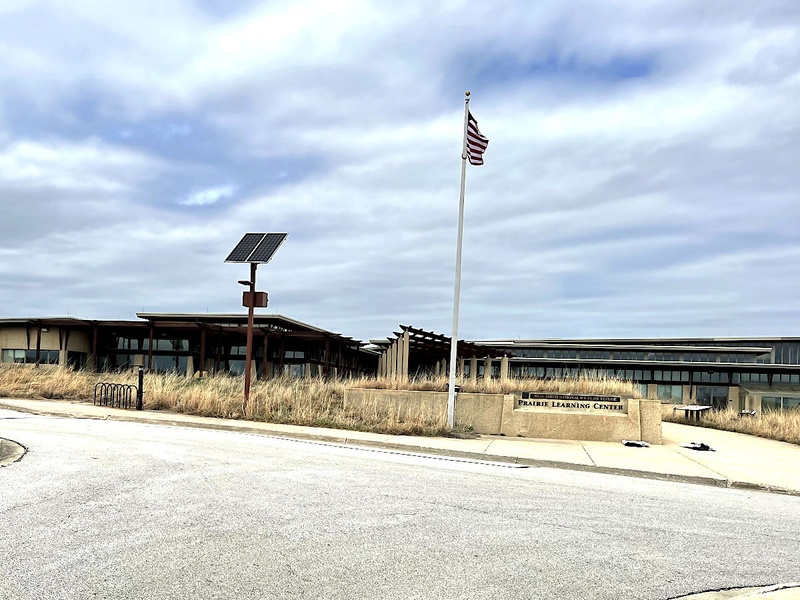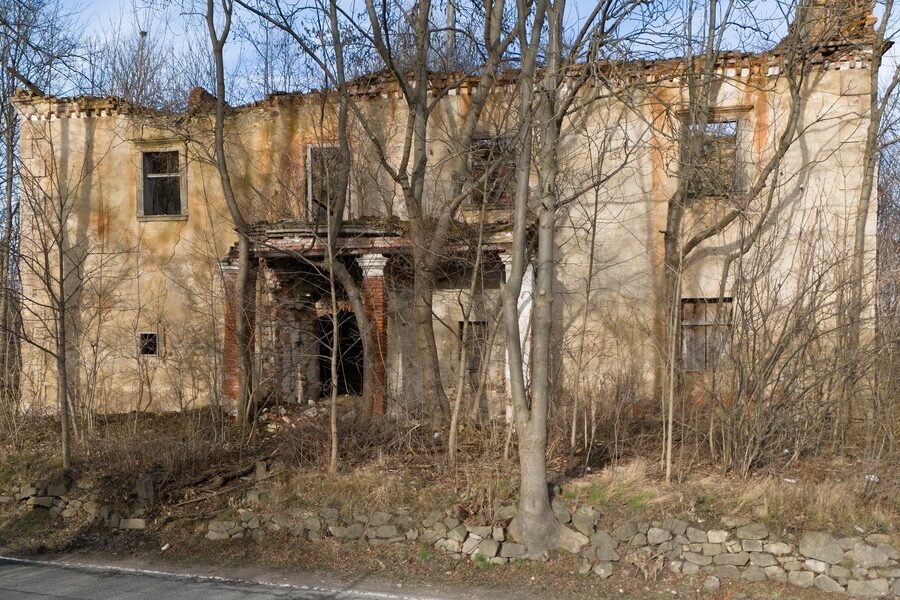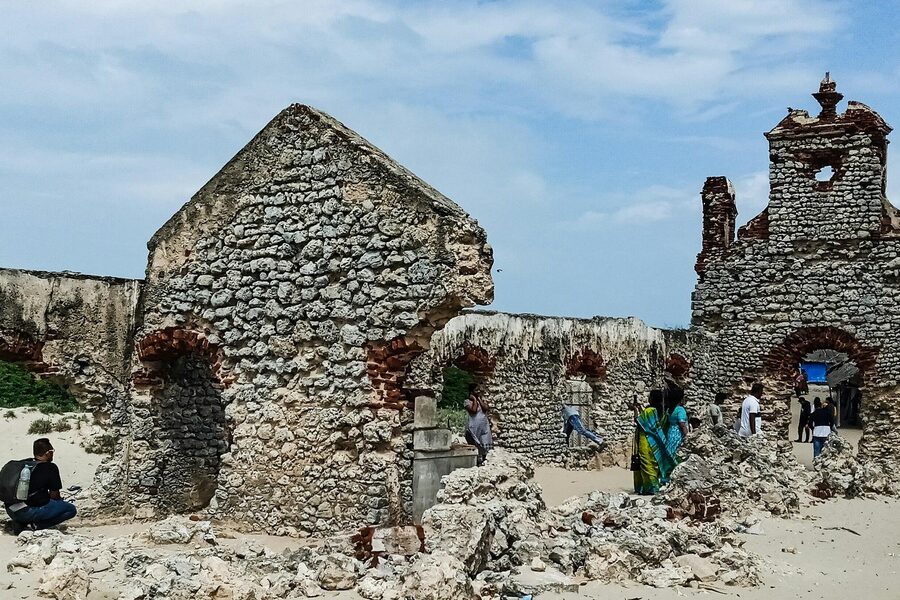Cape Verde’s islands hold layers of history carved by maritime trade, colonial rule, and local culture — from coastal forts and convents to labor camps and urban centers. Walking these sites reveals shifts in architecture, religion, and social life across different islands and centuries, and they’re best appreciated with a sense of place and timeline.
There are 28 Historical Places in Cape Verde, ranging from Convento de São Francisco to Tarrafal Concentration Camp. For each entry you’ll find below Location (island/city), Era (century or year), Significance (max 15 words) to help you compare age, context, and why each site matters.
How were the sites on this list chosen?
The list focuses on places with documented historical importance — architectural, social, or political — referenced in official records, heritage surveys, or widely cited research; selection aims to balance geographic spread across islands and notable eras.
Can I visit these places and how should I plan?
Many are publicly accessible but opening hours and preservation status vary; check local tourism sites or municipal offices, plan island travel in advance, and allow time for guided visits where available.
Historical Places in Cape Verde
| Name | Location (island/city) | Era (century or year) | Significance (max 15 words) |
|---|---|---|---|
| Forte Real de São Filipe | Santiago, Cidade Velha | 1593 | Fortress protecting the old capital, Cidade Velha. UNESCO World Heritage site. |
| Sé Catedral Ruins | Santiago, Cidade Velha | 17th Century | Ruins of the first Christian cathedral in sub-Saharan Africa. UNESCO World Heritage site. |
| Pelourinho | Santiago, Cidade Velha | 1512 | Pillory symbolizing royal power and the history of the slave trade. UNESCO site. |
| Rua Banana | Santiago, Cidade Velha | 15th Century | The first European-style urbanized street in sub-Saharan Africa. UNESCO site. |
| Igreja Nossa Senhora do Rosário | Santiago, Cidade Velha | 1495 | One of the oldest colonial churches, built in Manueline Gothic style. UNESCO site. |
| Convento de São Francisco | Santiago, Cidade Velha | 17th Century | Ruins of a major Franciscan convent attacked by French pirates. UNESCO site. |
| Tarrafal Concentration Camp | Santiago, Tarrafal | 1936 | Former political prison of Portugal’s Estado Novo, now the Museum of Resistance. |
| Plateau (Historic Center) | Santiago, Praia | 19th Century | Historic colonial core of the capital city with notable public buildings and squares. |
| Palácio Presidencial | Santiago, Praia | 19th Century | Neoclassical former governor’s palace, now the President’s official residence. |
| Quartel Jaime Mota | Santiago, Praia | 1826 | Historic military barracks, a key landmark on the colonial Plateau. |
| Farol de D. Maria Pia | Santiago, Praia | 1881 | Iconic and historic lighthouse guiding ships to Praia’s port. |
| Museu Etnográfico da Praia | Santiago, Praia | 19th Century | Housed in a colonial building, displays artifacts of Cape Verdean life. |
| Pro-Cathedral of Our Lady of Grace | Santiago, Praia | 1902 | The main Catholic church in Praia’s historic center, the Plateau. |
| Historic Center of São Filipe | Fogo, São Filipe | 19th-20th Century | Known for its sobrados, colorful colonial mansions with distinctive architecture. |
| Igreja Matriz Nossa Senhora da Conceição | Fogo, São Filipe | 1849 | The main church of São Filipe, a central landmark in the historic town. |
| Museu Municipal de São Filipe | Fogo, São Filipe | 19th Century | Housed in a classic sobrado, it showcases the island’s history and culture. |
| Palácio do Povo | São Vicente, Mindelo | 19th Century | Beautiful colonial-style former Governor’s Palace, now a cultural center. |
| Mercado Municipal de Peixe | São Vicente, Mindelo | 1878 | Historic fish market with a replica of Lisbon’s Torre de Belém. |
| Fortim d’El-Rei | São Vicente, Mindelo | 19th Century | Ruins of a small fort overlooking the bay of Porto Grande. |
| Eugénio Tavares House-Museum | Brava, Nova Sintra | 19th Century | Former home of the famous morna composer, showcasing his life and work. |
| Forte Duque de Bragança Ruins | Boa Vista, Ilhéu de Sal Rei | 1818 | Ruins of a fort built to protect the main port from pirate attacks. |
| Igreja de São Roque | Boa Vista, Rabil | 1801 | The oldest church on Boa Vista island, located in its first capital. |
| Curral Velho Ruins | Boa Vista, Curral Velho | 18th Century | Abandoned village ruins, testament to the island’s early settlement and pirate raids. |
| Forte de São José | Maio, Vila do Maio | 18th Century | Historic fort built to defend the town and its salt trade from pirates. |
| Igreja Matriz de Nossa Senhora da Luz | Maio, Vila do Maio | 1872 | The main church of Maio island, with a distinctive white and yellow facade. |
| Salinas de Pedra de Lume | Sal, Pedra de Lume | 18th-20th Century | Historic salt mines in a volcanic crater with old industrial structures. |
| Seminário-Liceu de São Nicolau | São Nicolau, Ribeira Brava | 1866 | Ruins of the first and most important secondary school in West Africa. |
| Sinagoga Ruins | Santo Antão, Ponta do Sol | 19th Century | Remnants of the historic Jewish community that settled in Cape Verde. |
Images and Descriptions
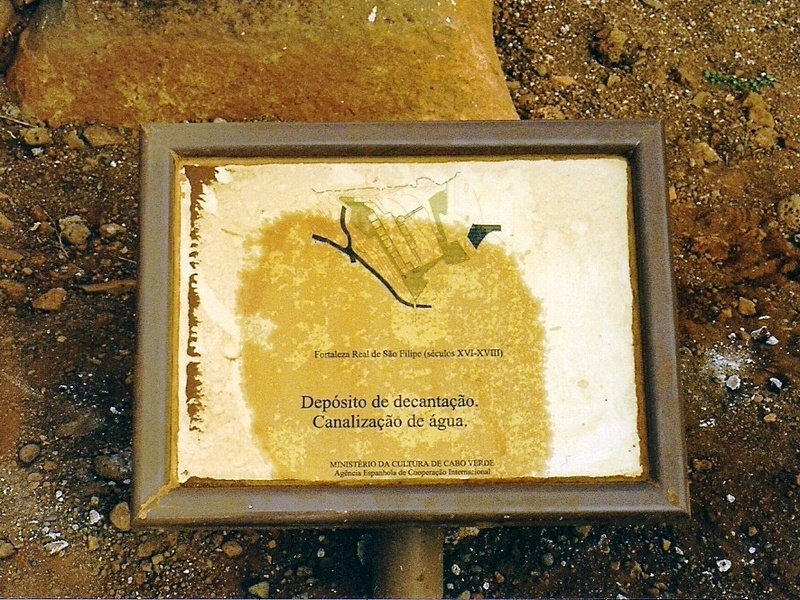
Forte Real de São Filipe
Stand above Cidade Velha on Santiago. Build in the late 16th century by the Portuguese. Serve as the main coastal defence against pirates and rival fleets. Present as dramatic stone ruins with wide sea views. Include for its clear link to colonial military history and UNESCO themes.
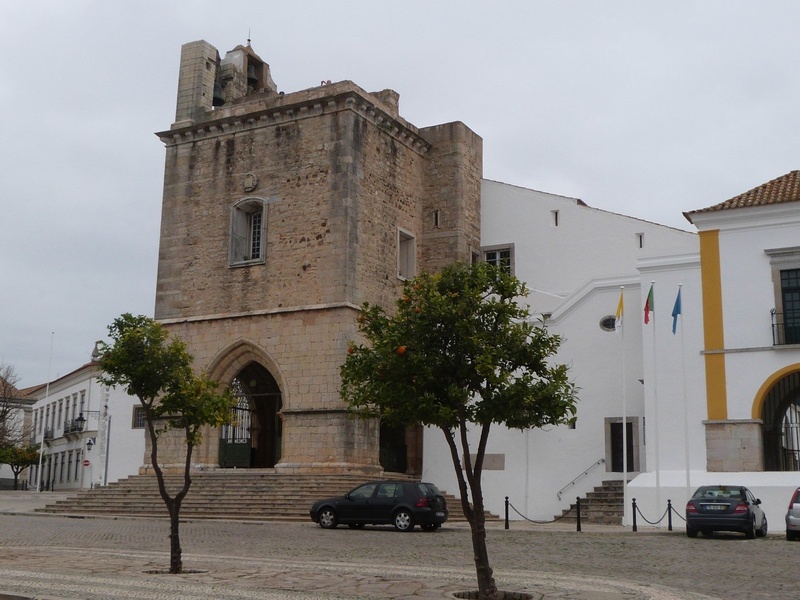
Sé Catedral Ruins
Remain in Cidade Velha as the ruined cathedral of the 16th century. Mark early Catholic presence and colonial administration. Show thick walls, arches and partial nave. Offer insight into town life under Portuguese rule and slave-trade history.
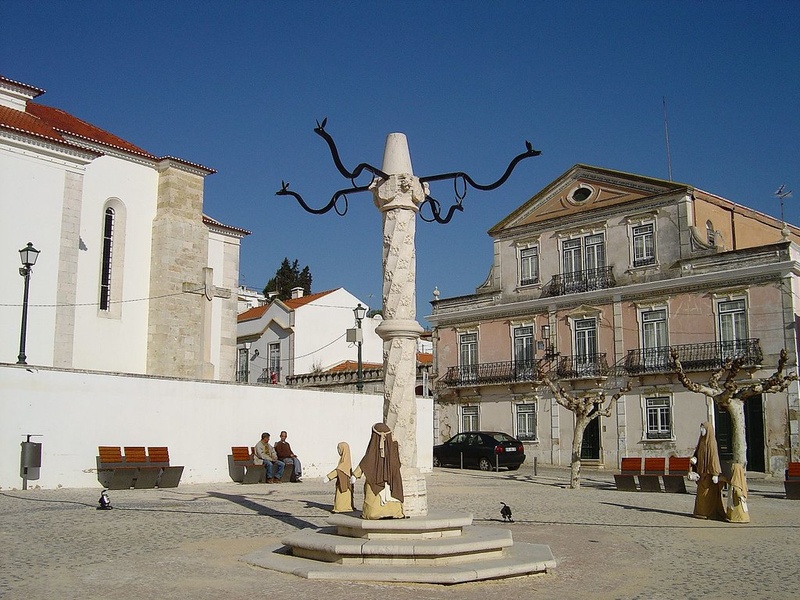
Pelourinho
Mark the pillory in the main square of old colonial towns. Date to the 16th–18th centuries in Cape Verde. Symbolize municipal justice and the colonial order. Stand as a small carved stone column in plaza settings and a focal point for historic-city tours.

Rua Banana
Serve as a colorful, historic street in a Cape Verde port town, often cited in Mindelo. Show typical colonial-era houses and lively street life. Offer a narrow, photogenic route that reflects urban daily life and local culture.
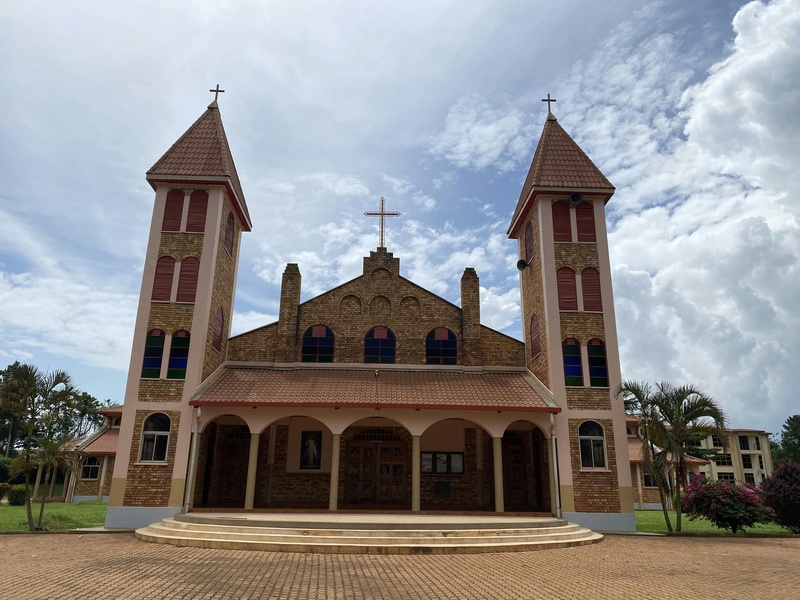
Igreja Nossa Senhora do Rosário
Root in Cidade Velha as one of the oldest churches in Cape Verde. Date to the 15th–16th centuries. Exhibit simple colonial masonry and religious art traces. Represent early missionary work and community worship in the islands.
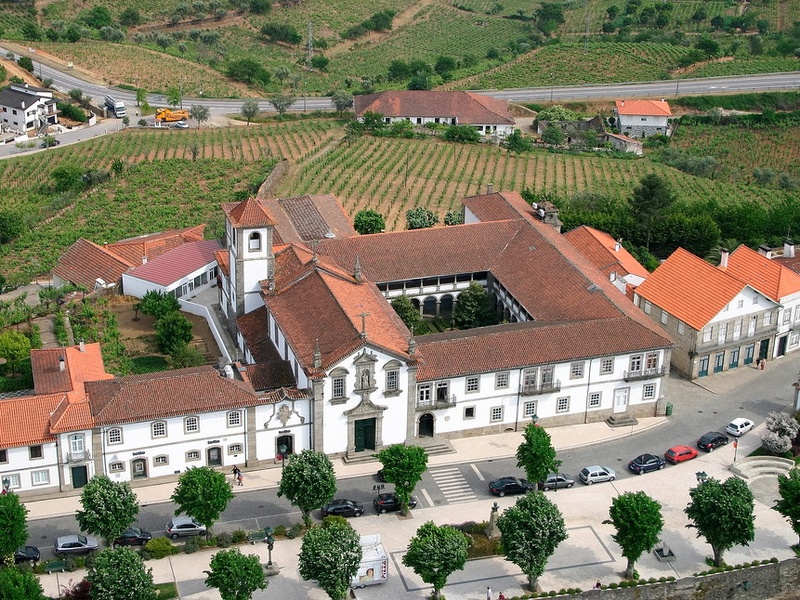
Convento de São Francisco
Function as a colonial convent complex linked to Franciscan friars. Date to the 16th–18th centuries. Include cloister ruins and stone construction. Illustrate religious, educational and social roles in colonial Cape Verde.
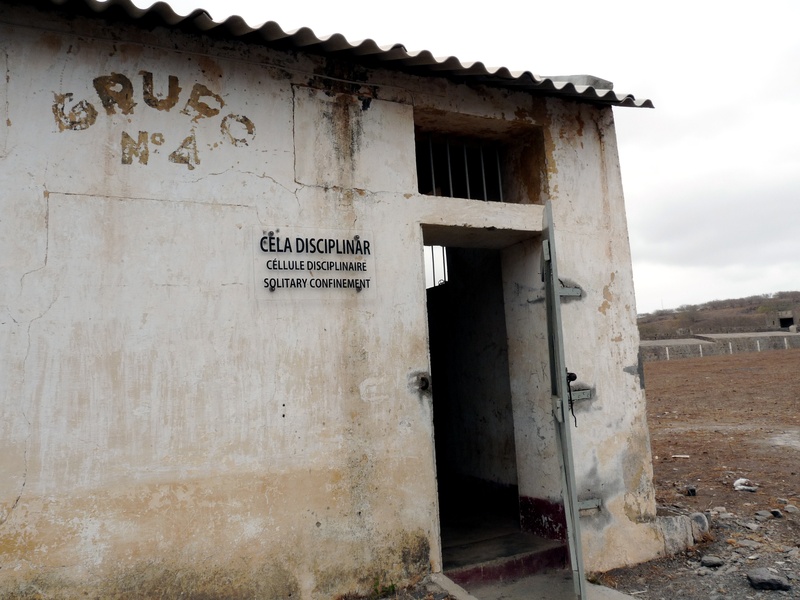
Tarrafal Concentration Camp
Locate in Tarrafal on Santiago. Open in 1936 as a political prison under the Portuguese Estado Novo. Hold anti-fascist and independence activists. Preserve barracks, cells and memorial displays. Include for its weighty 20th-century political history and human-rights lessons.
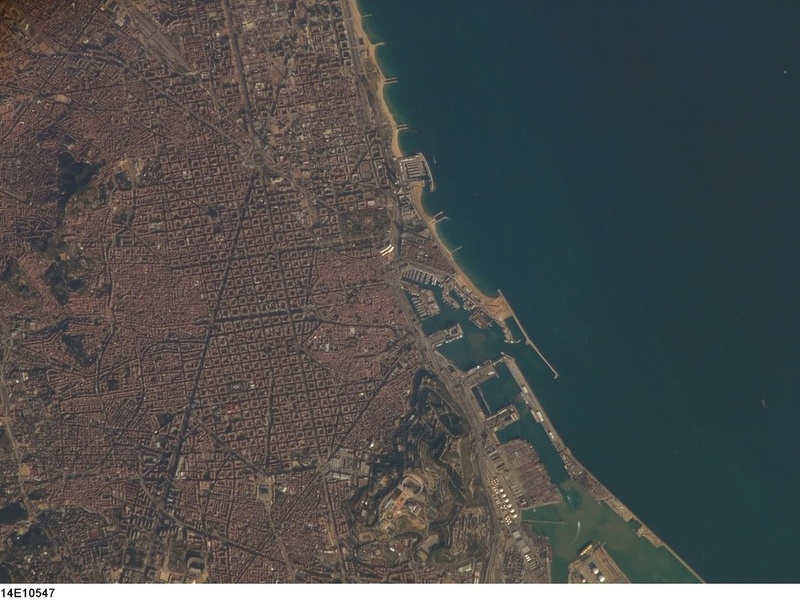
Plateau (Historic Center)
Form the historic heart of Praia on Santiago. Contain colonial government buildings, grand promenades and public squares. Feature late 19th- to early 20th-century architecture. Serve as the civic and cultural center of the capital.
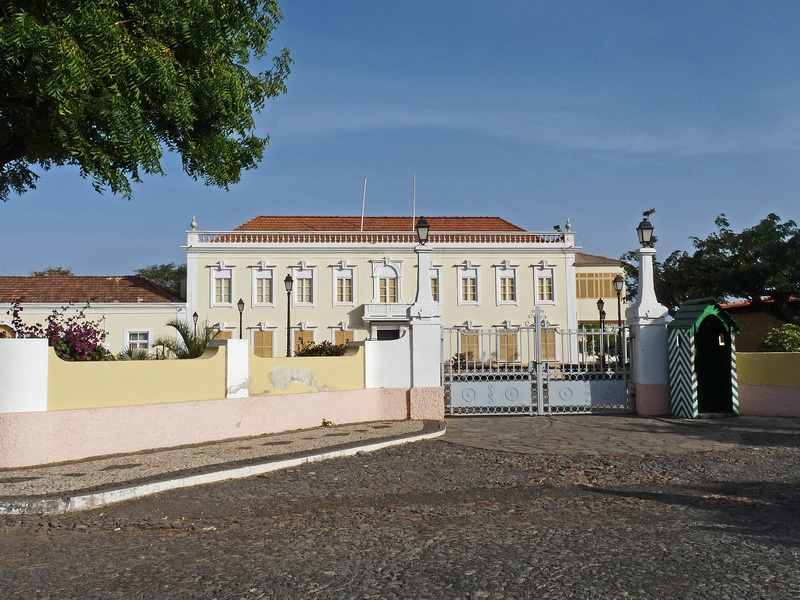
Palácio Presidencial
Stand on the Plateau in Praia as a landmark government residence. Show formal colonial architecture and official gardens. Represent continuity from colonial administration to the independent state. Present photo opportunities from the exterior and square.
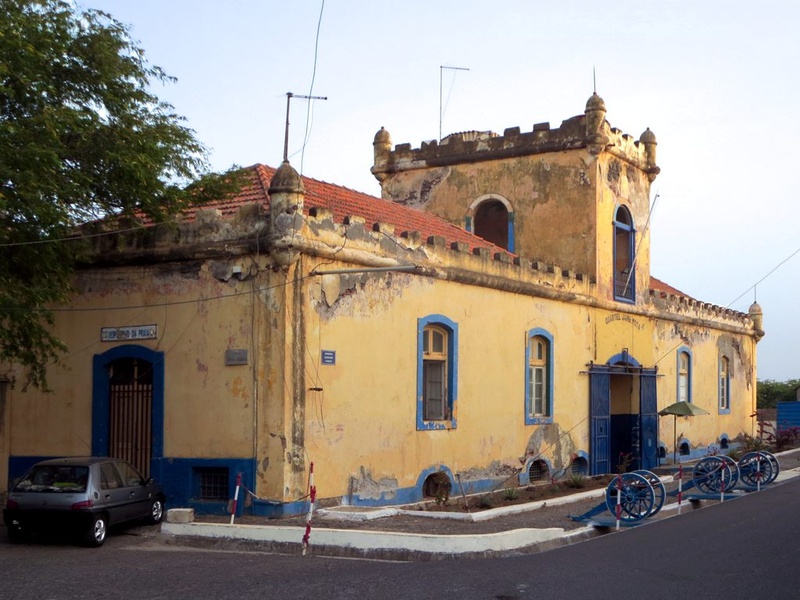
Quartel Jaime Mota
Act as a prominent military barracks and historic building in the capital. Link to 20th-century military and political events. Offer strong architectural lines and urban presence. Include for its civic and social role in modern Cape Verde history.
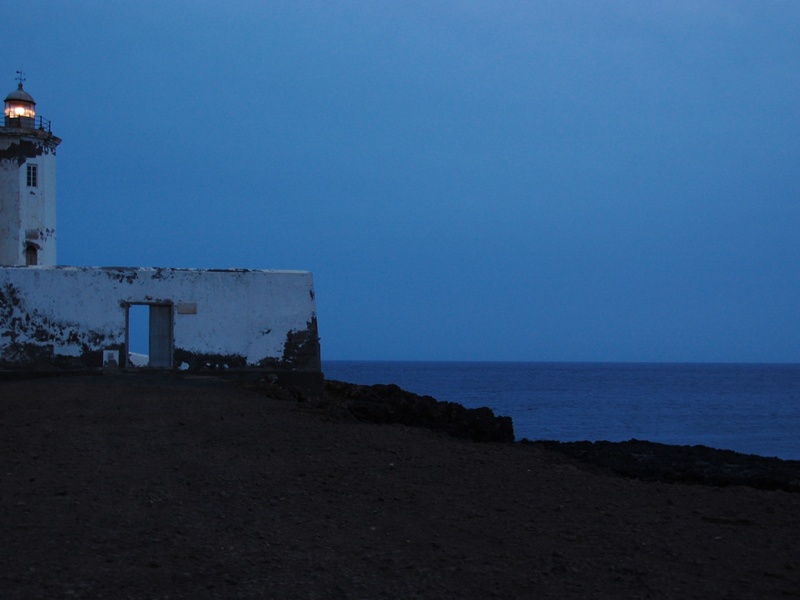
Farol de D. Maria Pia
Perch on a coastal headland on São Vicente near Mindelo. Date to the 19th century. Serve as a navigational beacon for ships and as a seafaring landmark. Present an elegant lighthouse tower and sweeping ocean views for photos.
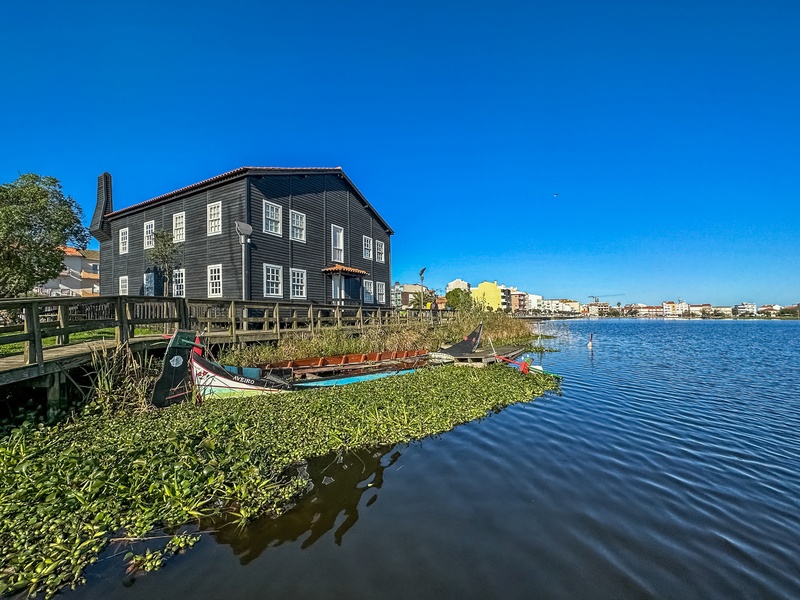
Museu Etnográfico da Praia
Stand in Praia as a local ethnographic museum. Contain objects, costumes and tools that show daily life and traditional crafts. Present clear context for social history and cultural continuity in Cape Verde society.
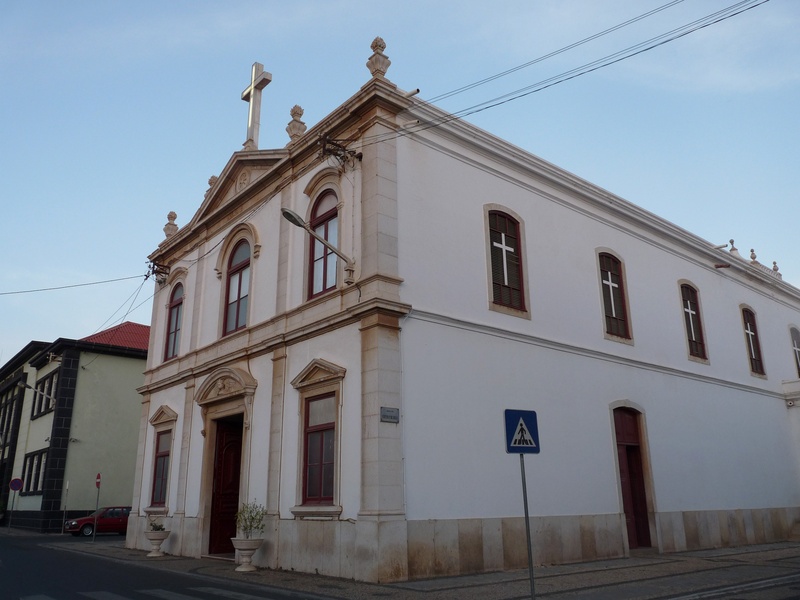
Pro-Cathedral of Our Lady of Grace
Function as a major Catholic church in Praia with 19th- to 20th-century roots. Serve as an active worship site and architectural landmark. Present a stately façade and nave that reflect religious life in the capital.
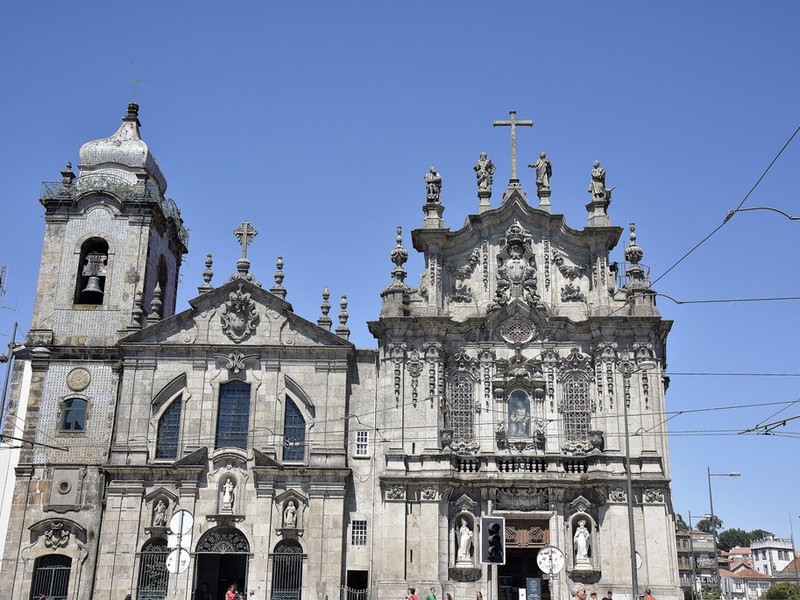
Historic Center of São Filipe
Form the colonial core of São Filipe on Fogo. Contain narrow streets, volcanic-stone houses and town squares. Show 18th- and 19th-century urban fabric shaped by trade and eruptions. Include for its intact colonial townscape and island identity.
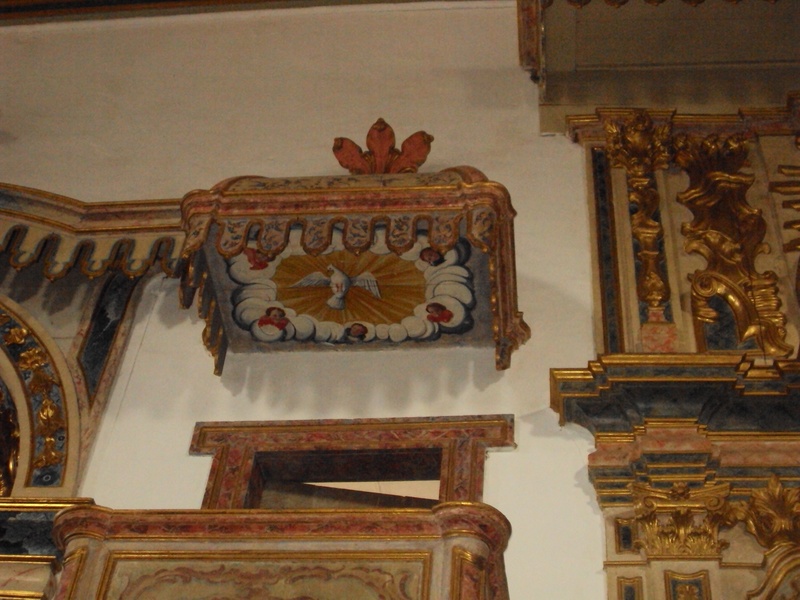
Igreja Matriz Nossa Senhora da Conceição
Serve as the main parish church in São Filipe. Date back to the colonial era. Feature a baroque-influenced façade and central bell tower. Act as a focal point for religious festivals and local history.
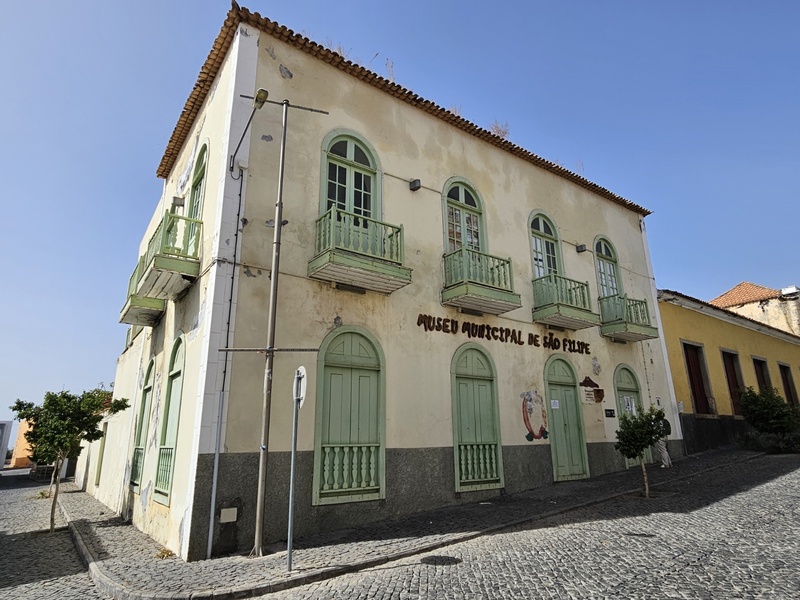
Museu Municipal de São Filipe
Present local history and cultural collections in São Filipe, Fogo. Hold artifacts on volcanic eruptions, colonial life and local crafts. Offer accessible exhibits that explain island history and community resilience.
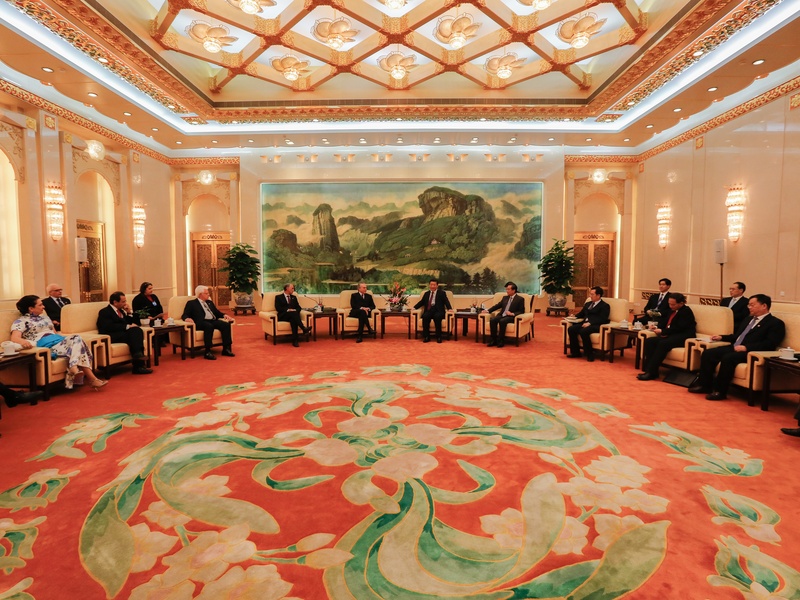
Palácio do Povo
Stand as a civic palace in a major Cape Verde town. Show colonial public architecture and ceremonial halls. Host cultural events and serve as an emblem of municipal governance and social life.
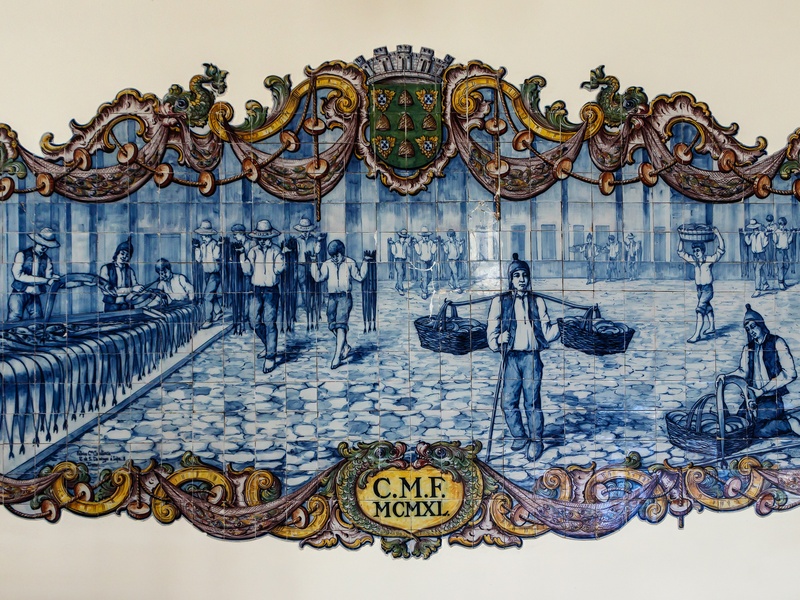
Mercado Municipal de Peixe
Occupy a waterfront market in a port town such as Mindelo. Offer daily fish trade and lively market scenes. Reflect coastal economies and food traditions. Provide strong photo subjects of fish stalls and fishermen.
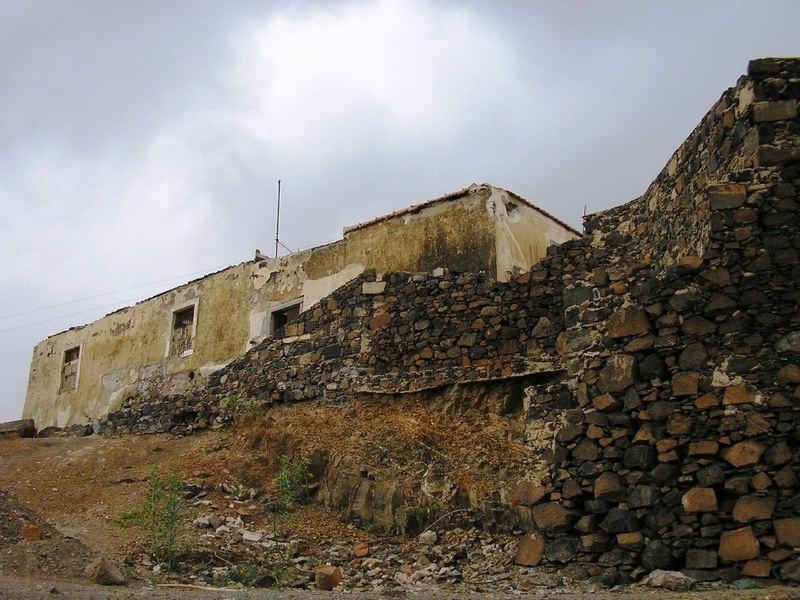
Fortim d’El-Rei
Perch in a coastal town as a small Portuguese fort. Date to the 18th or 19th century. Protect harbors and settlements. Present compact ramparts and a commanding view of the bay. Include for local defensive architecture.

Eugénio Tavares House-Museum
Stand in Nova Sintra on Brava as the birthplace and house-museum of poet Eugénio Tavares. Preserve personal items, manuscripts and local memorabilia. Represent literary heritage and Creole cultural pride.
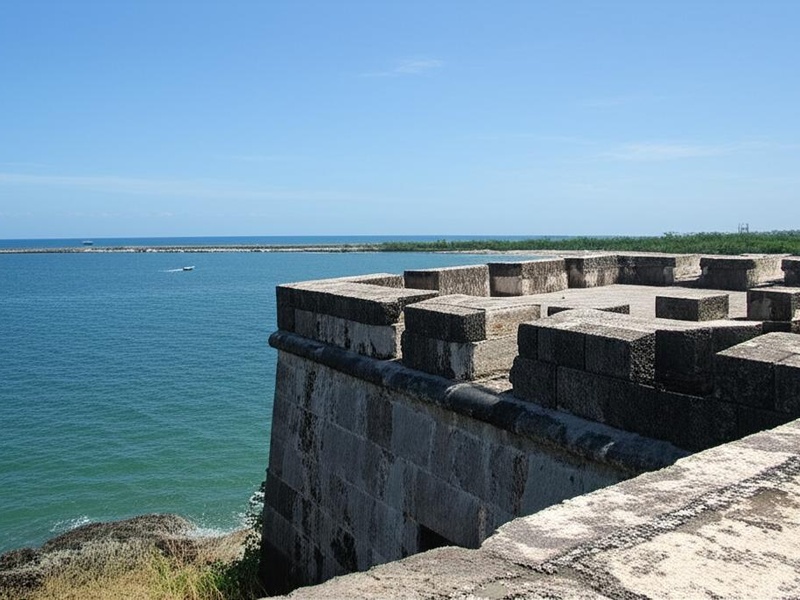
Forte Duque de Bragança Ruins
Remain as the ruined site of a Portuguese coastal fort from early colonial centuries. Show fragmented walls and strategic sea-facing positions. Illustrate maritime defence systems and colonial rivalry along Cape Verde coasts.
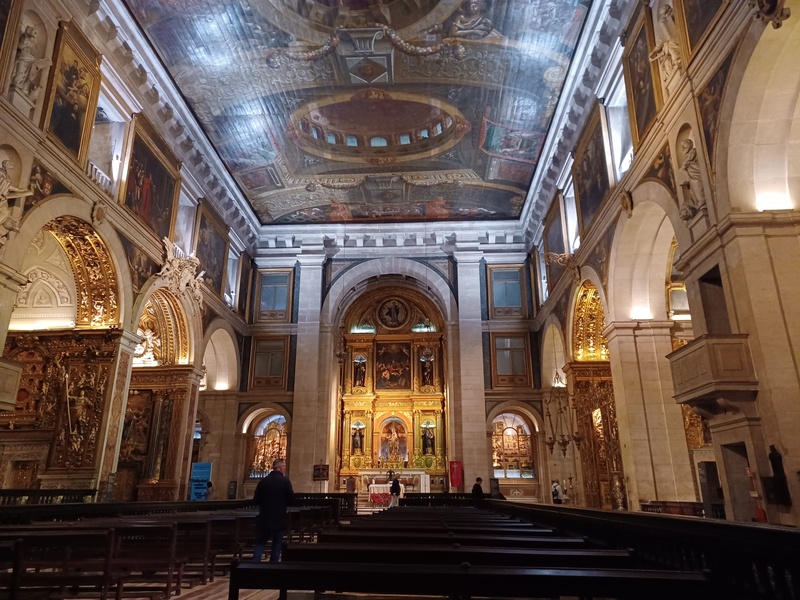
Igreja de São Roque
Exist as a colonial parish church dedicated to Saint Roch. Feature modest baroque or neoclassical elements. Serve historic towns as a center for worship and community rituals. Include for its religious and architectural heritage.
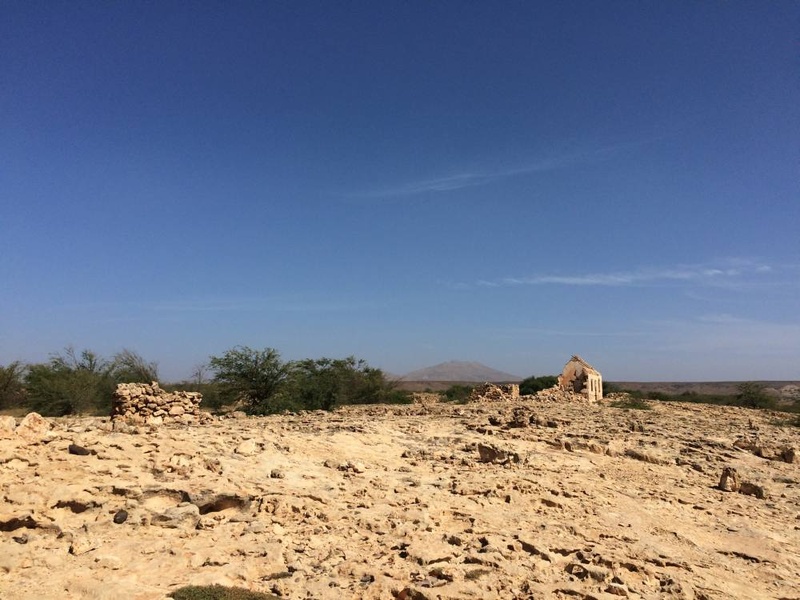
Curral Velho Ruins
Lie on Boa Vista as the abandoned settlement of Curral Velho. Contain old stone houses and collapsed structures near the shore. Show patterns of abandonment, seasonal life and traditional fishing economies.
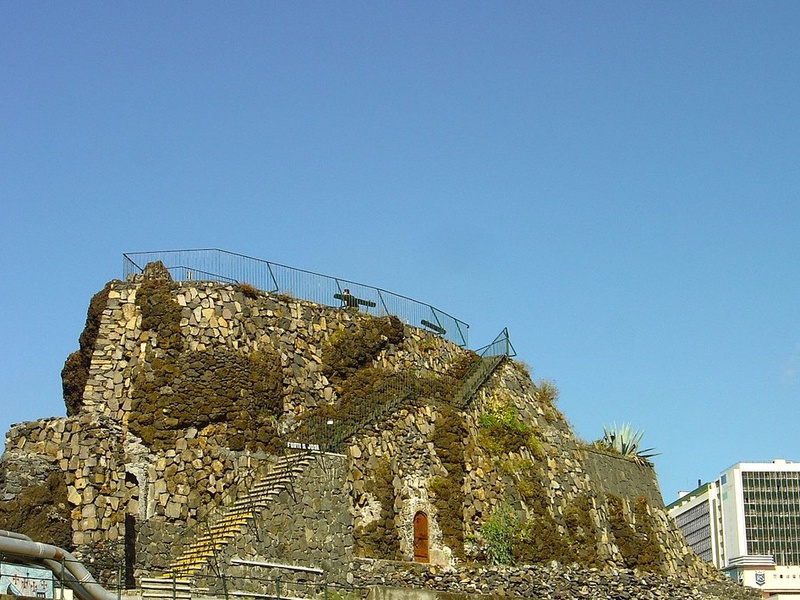
Forte de São José
Act as another example of a coastal fortification from the Portuguese era. Show bastions, cannon positions and harbour control points. Represent the network of forts that defended trade routes and settlements.
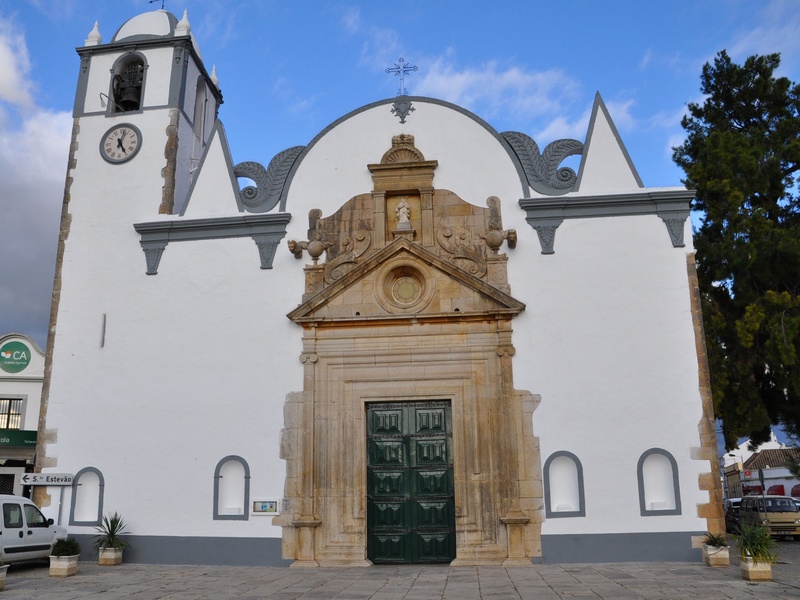
Igreja Matriz de Nossa Senhora da Luz
Serve as a main parish church named for Our Lady of Light. Exhibit colonial-era construction and central religious functions. Anchor town ritual life and annual festivals tied to local identity.
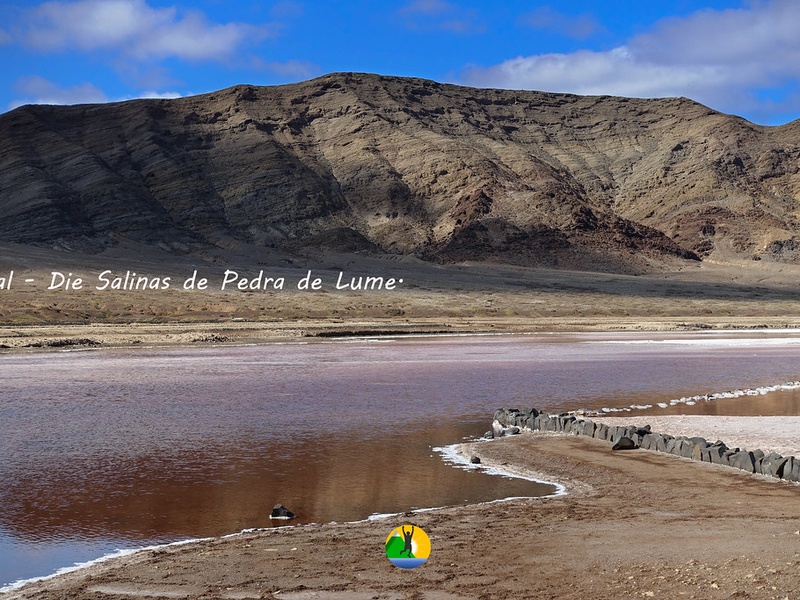
Salinas de Pedra de Lume
Occupy a volcanic crater on Sal island used for salt extraction since the 18th century. Contain saline ponds, old warehouses and machinery. Provide stark, photogenic landscapes and trace economic history of salt production.
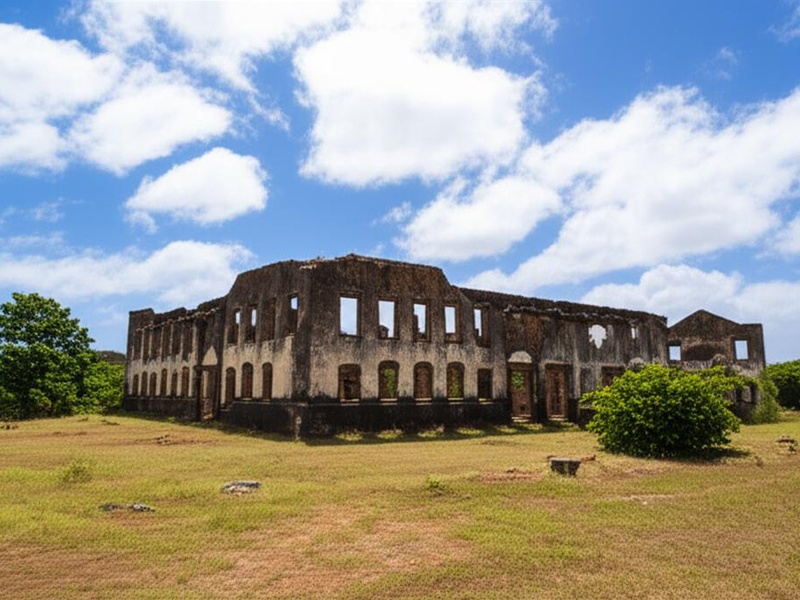
Seminário-Liceu de São Nicolau
Stand on São Nicolau as a historic seminary-turned-school complex. Date to the late 19th or early 20th century. Reflect education, religion and elite formation on the island. Present notable colonial architecture and civic importance.
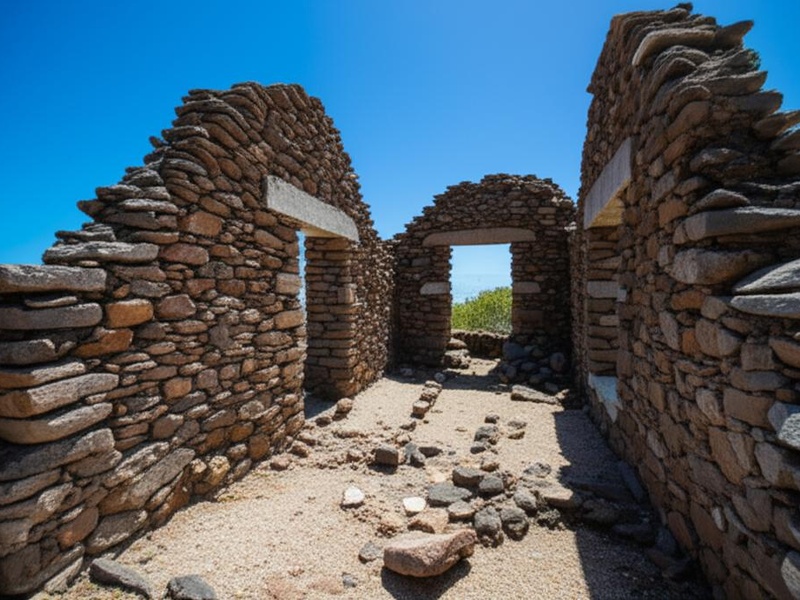
Sinagoga Ruins
Remain as the traces of a synagogue once used by Jewish merchants and families. Show foundations or partial walls in port towns. Reveal lesser-known threads of Cape Verdean multicultural history and long-distance trade ties.

